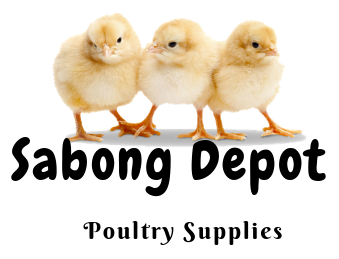By Dr. Andrew Bunan
Bloodline – a byword in the Philippine gamefowl industry. Why the fuss about it? Is it really that important to us?
There are those who say that performance is the name of the game. They don’t care what bloodline a game fowl belongs to, as long as it delivers the way they want it to deliver – in the pit and the brood pen, that is. In the end, though, they can’t help but mention the lineage of their fowl. Indirect, but all these are apparently centered on one thing: BLOODLINE.
While we say that performance should be the criterion for selecting a fighting fowl, we can’t help but consider the fact that particular fighting styles and degrees of gameness are associated with particular bloodlines. Why? Easy! Because these fowls have been selected for such, wittingly or unwittingly. Blood combinations would then determine the resulting fighting value of a fowl – the main determinant of how good a performance a particular game fowl could give.
Sometimes, we correlate fighting style and gameness with leg color. We say that dark legged fowls are brute, while light legged ones are stylish and careful. In the end, though, we know that such are traits of particular bloodlines. So, there you are. For all we know, we can’t really do away with bloodlines. Besides, breeding is a lot easier for us relating particular fighting traits with particular bloodlines.
We say bloodline to mean different things. We may mean breed. Presently, there are bloodlines whose characteristics are so stable that birds breed true to type whenever used as brood fowls – they are able to stamp all their characteristics to their progeny, and this occurs generation upon generation. To top it all, these bloodlines started out as crosses. Bloodlines like these are actually breeds.
We may mean strains of what is supposed to breed. These strains have been produced through the isolation of trios coming from a particular breed. Through inbreeding and selection for traits of interest to the recipient breeder, voila! Strains galore!
My understanding of what strains are does not seem to agree with how we often come up with strains of a game chicken breed, though. From what I know, what we do is infuse some other blood to the bloodline we are supposed to maintain – we want it improved. Aiming for its improvement is no problem, as this is always our objective in breeding game chickens.
If we do infusion to perk our bloodline up, we are in fact doing crossbreeding. If we decide to make permanent the proportion of the genes contributed by the bloodline we infused, our end product is not a strain – it is, in fact, a new breed! For this reason, many of us suppose that we have a strain of a breed, when the fact is, we formed a new breed of game chicken.
Sometimes, we just want a particular brood fowl to be part of every fowl in our yard. So we line breed. The result? Some of us call it bloodline. Are we correct? Yes, we are because bloodline is defined as fowls that have a certain degree of blood relationship with one another.
Linebred birds, though, may not be as valuable genetic materials as those belonging to the breed and strain categories. The value of line bred chickens as brood fowls depends upon our original intention for doing such. If we backcross a brood fowl’s progeny to him or her continually until we are able to produce a generation that approximates the genetic composition and physical appearance of our original brood fowl, then the progeny is valuable as breeding materials, particularly those that contain higher percentages of the brood fowl’s blood.
On the other hand, if our primary aim is to allow a particular ace brood fowl to exert influence upon as many fowls as possible in generations younger than its own, the progeny may not necessarily be that valuable as brood fowls. In such a program, each of the latter offspring generations may contain only a quarter of the brood fowl’s blood.
There are other bloodline categories that we are not really that familiar with. Ever heard of variety? Family? Let us look at Claret. The reason for calling this bloodline as such is certainly because of its plumage color. Claret is a wine that is dark red in color. Often, we say the typical Claret is wine red in color.
Did you know that there are grey and white Clarets as well? These seem off-tangent, but not fluke – they’re true-bloodied Clarets? What are they then? These are what we call varieties of the Claret breed. Greys and whites were used in forming Claret and, because of recombination, were certain to resurface generation after generation. What Claret breeders did was to set these off-types as bloodlines themselves. Being true-blue Clarets in blood, these have to be Clarets as well.
What about family? In animal breeding, we have the so-called full-sib and half-sib families. In other words, these are families composed of full siblings or half siblings. In our case, we normally refer to full-sib families – siblings with the same sire (father) and dam (mother).
In recapitulation, there are four bloodline categories where the products of our breeding may belong: breed, variety, strain and family. To which of these do our game chickens belong?









